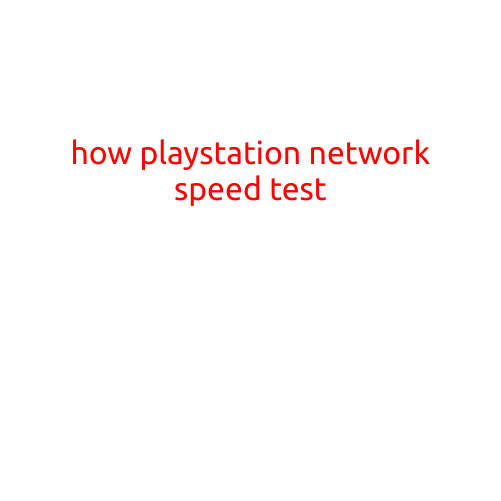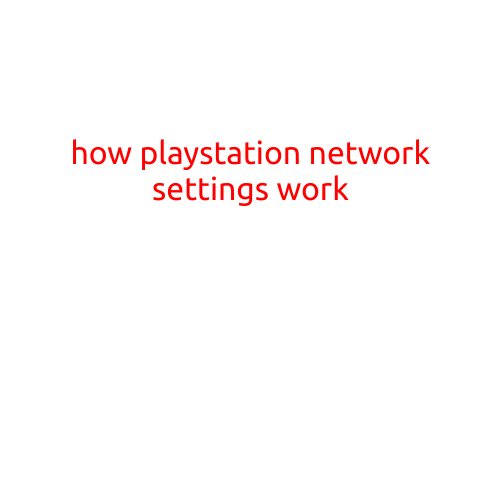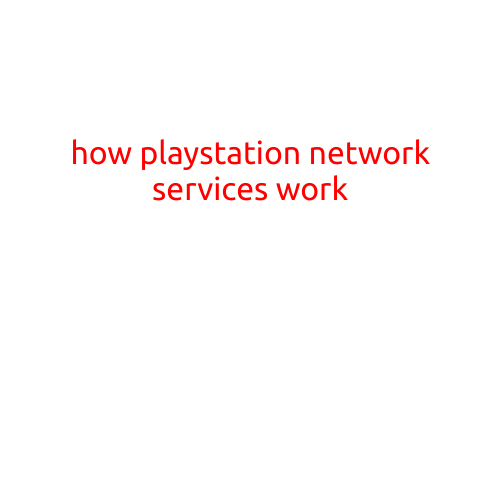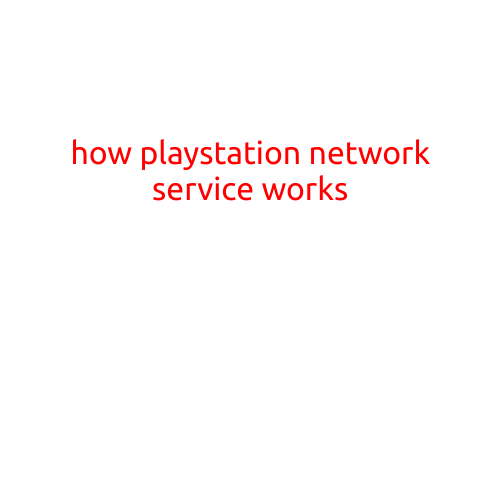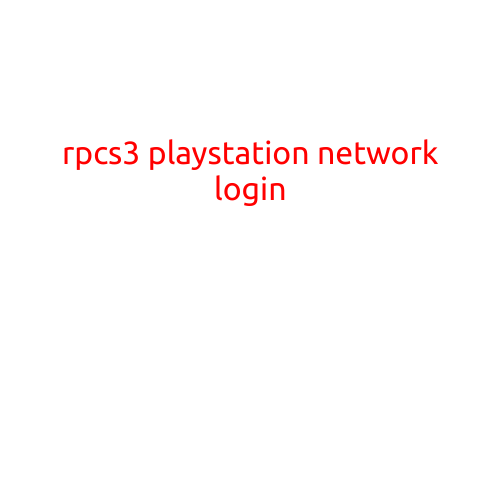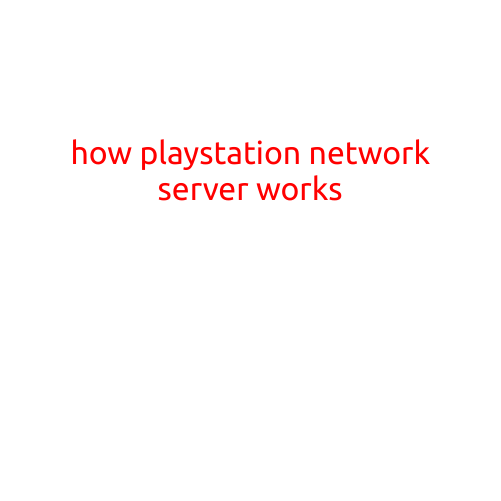
How PlayStation Network (PSN) Server Works
The PlayStation Network (PSN) is a global online gaming network developed and operated by Sony Interactive Entertainment. With millions of users worldwide, PSN enables seamless communication and online multiplayer gaming between PlayStation consoles. But have you ever wondered how PSN’s servers work behind the scenes to make this all possible?
In this article, we’ll delve into the inner workings of PSN’s server infrastructure, exploring how it handles user authentication, data storage, and online gaming.
PSN Server Structure
PSN’s server infrastructure consists of several layers, each playing a crucial role in ensuring a smooth online gaming experience. Here’s an overview of the major components:
- Front-end Servers: These servers act as the user-facing interface, handling incoming requests from PS4 consoles and web browsers. They interact with users to authenticate logins, manage accounts, and facilitate online gaming.
- Application servers: These servers run PSN’s various applications, such as the PlayStation Store, online multiplayer games, and other services.
- Database servers: These servers store user data, game information, and other essential information for the PSN ecosystem.
- Content Delivery Networks (CDNs): CDNs help distribute content, such as game updates and multiplayer data, across the globe, ensuring fast and reliable delivery.
- ** Authentication servers**: These servers verify user identities and manage account information, ensuring secure and seamless login experiences.
How PSN Servers Work Together
When a user fires up their PS4 and logs in to PSN, here’s what happens:
- Login Request: The user’s PS4 sends a login request to the front-end servers.
- Authentication: The front-end servers verify the user’s identity by communicating with the authentication servers. If the credentials are valid, the user is granted access.
- Session Establishment: The front-end servers establish a secure session with the user’s PS4, using encryption to protect sensitive data.
- Data Retrieval: The front-end servers retrieve the user’s account information, game data, and other relevant info from the database servers.
- Content Delivery: The CDNs deliver game updates, multiplayer data, and other content to the user’s PS4.
- Gameplay: The user can now engage in online multiplayer gaming, using the PS4 to connect with other players across the globe.
Security Measures
PSN’s server infrastructure employs robust security measures to safeguard user data and prevent malicious activities:
- Encryption: Data transferred between servers and PS4s is encrypted to protect sensitive information.
- Firewalls: Firewalls are implemented to block unauthorized access to the network.
- Access controls: Strict access controls ensure that only authorized personnel can access sensitive data and services.
- Regular security updates: PSN’s servers are regularly updated to address security vulnerabilities and prevent potential threats.
Conclusion
The PlayStation Network’s server infrastructure is a remarkable achievement, allowing millions of users to enjoy seamless online gaming experiences. By understanding how PSN’s servers work together, we can appreciate the complexity and sophistication of this global online gaming network.
So, the next time you’re playing an online multiplayer game or downloading a game update on PSN, remember the intricate processes that happen behind the scenes to make it all possible!
